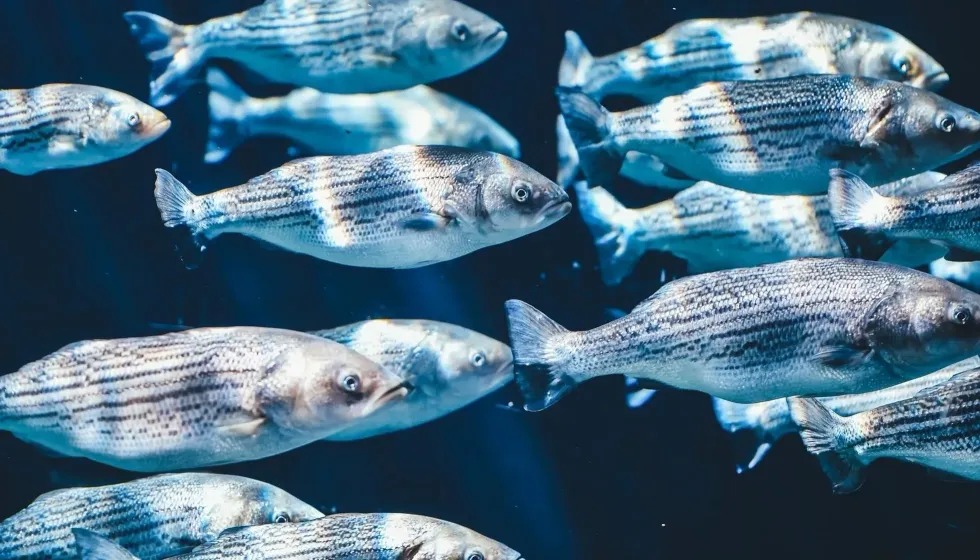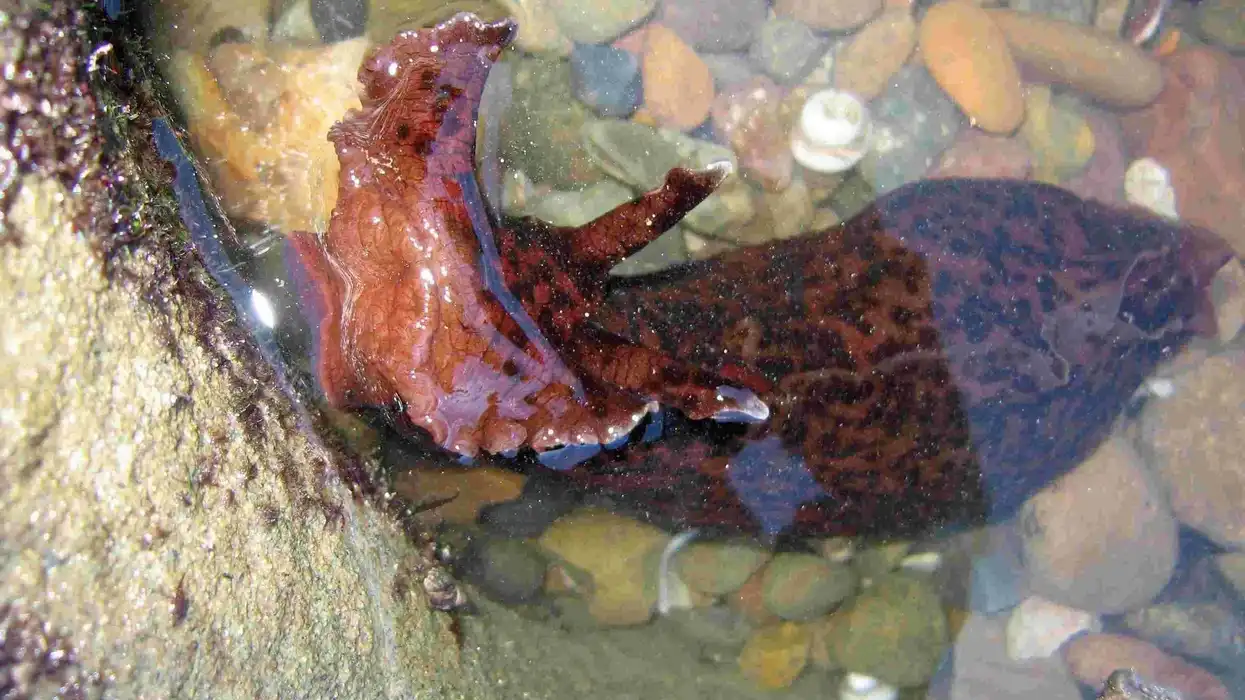A crevalle jack (Caranx hippos) is a large fish species of Old World marine fish that is found commonly in Florida and the Gulf of Mexico. The largest fish of this species was found in Florida.
They inhabit the tropical and temperate waters of the Atlantic Ocean. More males prefer to school in brackish waters than females once they mature.
They are also referred to as the common jack, couvalli jack, black-tailed trevally, yellow cavalli, and jack crevalle and form a popular choice for commercial fishing.
Commercial fishing of these fish is common in Florida and the Gulf of Mexico. If efforts and measures are not taken to restrict the fisheries, then it might have a negative impact on the population of the fish in time.
The male fish reaches sexual maturity after four to five years while females become mature when they turn five to six years old. This fish is closely related to the long-finned and the Pacific crevalle jack.
If you are interested to know more about them, keep on reading these interesting facts. For similar content check out our loach and Swai fish facts too.
Crevalle Jack Interesting Facts
What type of animal is a crevalle jack?
A crevalle jack (Caranx hippos) is a type of marine fish.
What class of animal does a crevalle jack belong to?
Crevalle jacks of the order Perciformes are bony fish that belong to the class Actinopterygii which is the common class for all ray-finned and bony fish.
How many crevalle jacks are there in the world?
The current exact population of this fish all over its geographical range has not been determined yet, but it is believed that crevalle jacks are available in plenty throughout the coastal waters of the Atlantic Ocean. They have a stable population in their range.
Where does a crevalle jack live?
The crevalle jack species can be found around the Atlantic Ocean extending from the eastern Atlantic coast of America to the western Atlantic coast of Africa and Europe.
On the western Atlantic coast, they range from the south of Massachusetts and the Florida Keys covering the entire Gulf of Mexico, and they are also found around the Bahamas and Bermuda in the Caribbean Sea.
The Greater Antilles shelters a large number of these jack crevalle fish but they are absent from the Lesser Antilles.
The southernmost tip in the western Atlantic coastline where this species has been recorded is Uruguay.
They also extend to the coastal waters of Central and South America. In the eastern Atlantic, they are distributed from south of Mauritania to Angola including a large part of the coast of the Mediterranean Sea, ranging from Libya to Turkey.
What is a crevalle jack's habitat?
The crevalle jack (Caranx hippos) is found in marine and estuarine habitats with adults inhabiting the upstream brackish waters of the inshore. This jack crevalle habitat of inshore areas consists of sandy bays, shallow reefs, grass beds, and shallow flats.
Fish that choose to move to the offshore water can stay at depths of 1148 ft (350 m) and above. Generally, larger individuals are found in deep waters with a strong current.
The offshore habitat includes still reefs, the outer edge of the continental shelf, and the upper part of deep reefs. Crevalle jack juvenile fish are found in shallow river drainages and upstream currents.
Who do Crevalle Jacks live with?
The crevalle jack species is known to be schooling species of fish. Both adults and juveniles wander in groups or schools. However, sometimes among larger individuals, solitary movement is noticed.
How long does a crevalle jack live?
The oldest known individual of this species of fish was known to stay alive for 19 years of age. Therefore 19 years is considered to be the maximum lifespan of the fish.
How do they reproduce?
Spawning occurs year-round in this species with peaks varying according to the location. Before spawning, adults gather in large groups.
When ready to spawn one individual of the pair turns darker, and the pair moves away from the other members of the school to release the larvae. The jack crevalle can lay up to 1 million eggs that look spherical. Juveniles live in shallower waters forming groups while the adults join their large group after spawning.
What is their conservation status?
The crevalle jack has been classified as a species of Least Concern by the IUCN Red List. They occur in large numbers in their natural environment of the continental shelf and estuarine waters.
They have been overly exploited by commercial fisheries in recent years but that has not affected the population in any major ways. However, fishing should be restricted in its range to maintain the numbers.
Crevalle Jack Fun Facts
What do crevalle jacks look like?
The long body of a crevalle jack (Caranx hippos) looks compressed laterally with the dorsal end descending steeply in comparison to the ventral side. The dorsal fin has two parts.
The first part is made up of eight spines. The second part has only one spine and instead of spines consists of a few soft rays.
There are two detached spines on the anal fin on each side and they are followed by 16-17 rays. The pelvic fin contains five soft rays after the single spine.
Similarly, the pectoral fins also contain 20-21 soft rays. The pectoral fins of the species are very long, even longer than the length of their heads!
Their chest does not have any scales except in the pelvic front. A single row of teeth is present in the lower jaw while the upper jaw has several small teeth with two canines.
The color of the dorsal part ranges from greenish blue to bluish-black which transforms into a silvery-white or golden on the ventral side. A black spot is present on the pectoral fins.
The operculum also has a similar or slightly faded black spot. The dorsal fin, pelvic, and pectoral fin of a crevalle jack is dusky white while the anal fin is bright yellow.

*Please note that this is an image of a fish, not of a crevalle jack fish specifically. If you have an image of a crevalle jack fish please let us know at hello@kidadl.com
How cute are they?
These fish are found in the wild and are popularly commercially fished, but they are not particularly cute to look at.
How do they communicate?
Fish communicate by scent, vision, vibration, and sound. Communication helps fish in both navigation and reproduction.
How big is a crevalle jack?
The length of most fish ranges between 24-40 in (60-101 cm). However, the largest crevalle jack caught in Florida had a length of 4.1 ft (125 cm). These fish are about 10 in (25.4 cm) longer than average-sized sardines.
How fast can a crevalle jack swim?
The exact speed of these fish is not deduced yet, but mathematical operations have extrapolated that a 39 in (99 cm) long fish will swim at a speed of 10 mph (16.2 kph).
How much does a crevalle jack weigh?
The weight of a jack crevalle fish ranges between 55-70.5 lb (25-35 kg).
What are the male and female names of the species?
Males and females of this species do not have any particular names. Both are called crevalle jack fish.
What would you call a baby crevalle jack?
Like all fish, the baby of a crevalle jack is called a fry.
What do they eat?
They are predators in nature and their diet is predominantly made up of small fish. They prey on sea creatures like crabs, mollusks, fish, shrimp, prawns, and stomatopods. Small invertebrates of the sea also form an important part of their diet.
Are they poisonous?
No, they are not poisonous. These fish are even eaten as food in their home range. At the most, they have a pungent fishy smell.
Would they make a good pet?
Jack crevalles do not make good pets. They are large schooling fish that are more comfortable in the wild. However, fishing is common for these species. Both live and artificial objects are used as jack crevalle lures or baits.
Did you know...
The main difference between the crevalle jack and the pompano is, even though they are of the same family, the two species of fish belong to two different genera.
The crevalle jack was the first fish that was recognized in its genus, Caranx.
The heaviest world record crevalle jack was caught near Angola and weighed 66 lb (30 kg).
What role does the crevalle jack play in the ecosystem?
The crevalle jack plays an important role in the ecosystem by maintaining a balance in the environment and actively taking part in the food web. For this reason, their fishing must be controlled to protect their survival and the survival of species that live alongside them.
Do humans eat them?
Yes, they are consumed by people. However, the fish has a strong pungent fishy smell which can make them taste bad. Eating jack crevalle is only enjoyable if it is prepared correctly to bring out its flavors.
Here at Kidadl, we have carefully created lots of interesting family-friendly animal facts for everyone to discover! For more relatable content, check out these vaquita facts and lungfish facts for kids.
You can even occupy yourself at home by coloring in one of our free printable crevalle jack coloring pages.
* Please note that the main image is of a school of fish, not of a crevalle jack fish specifically. If you have an image of a crevalle jack fish please let us know at hello@kidadl.com










